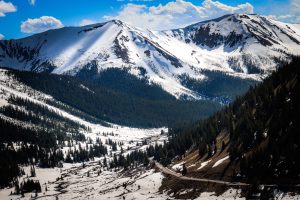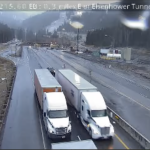Letter to the editor: Frisco backyard fuels reduction plan is bogus
Silverthorne
I read with interest and alarm a Summit Daily News article about the questioning of Summit County’s financial contribution to the Frisco Backyard Project in a work session and previously voicing support for the project.
This is a highly ill-advised project in an area of national forest that has already been severely damaged by deforestation under the infamous Ophir Mountain Project. Walk any of portion of Zach’s Rest Area to Rainbow Lake; Rainbow Lake to the Gold Hill junction via the Peaks Trail; the Gold Hill Trail; or the Gifford Pinchot/Ho Chi Minh Trail to Ophir Mountain and see what the U.S. Forest Service’s vision for Frisco/Summit County looks like. I’d be happy to walk any of these with you.
Think about which is more likely to catch fire: the sun-baked grass and weed-ridden clear cuts or the cool, moisture-holding “untreated” forest stands. Think about how fast fires could spread in them (15 acres in an hour for dense conifer forest vs 3000 acres for grasses; think Marshal or Maui), and think about your enjoyment of walking through each. Do you really want 1,200 more acres of clear-cut areas and flammable grasses and weeds?
The trail work and so-called fuels-reduction portions of the project have little relation and should certainly have been separate. Frisco may have been conned into the latter to get the former. Certainly county funds should not be spent on this abominable plan and most certainly not more than Frisco and the Forest Service combined, no less. Did the county have any role in devising this plan?
The financial “ask” of this proposal clearly provides grounds for backing out without any risk of perception (seriously, actually exactly wrong, of not wanting to reduce fire hazard).

Support Local Journalism

Support Local Journalism
As a Summit Daily News reader, you make our work possible.
Summit Daily is embarking on a multiyear project to digitize its archives going back to 1989 and make them available to the public in partnership with the Colorado Historic Newspapers Collection. The full project is expected to cost about $165,000. All donations made in 2023 will go directly toward this project.
Every contribution, no matter the size, will make a difference.






